12 Common Kitchen Staples That Trigger Acid Reflux Unexpectedly
Acid reflux, a common digestive disorder, often strikes unexpectedly, causing discomfort and disrupting daily life. Many sufferers are unaware that the very ingredients they use in their kitchens may be contributing to their symptoms. While some foods are well-known triggers, others are surprisingly less obvious, lurking in plain sight. This article aims to uncover 12 everyday kitchen ingredients that can unexpectedly spark acid reflux, providing insights into their effects and offering guidance on managing their consumption. By understanding these hidden culprits, individuals can take proactive steps to mitigate symptoms and improve their overall digestive health.
1. Citrus Fruits: A Tangy Surprise
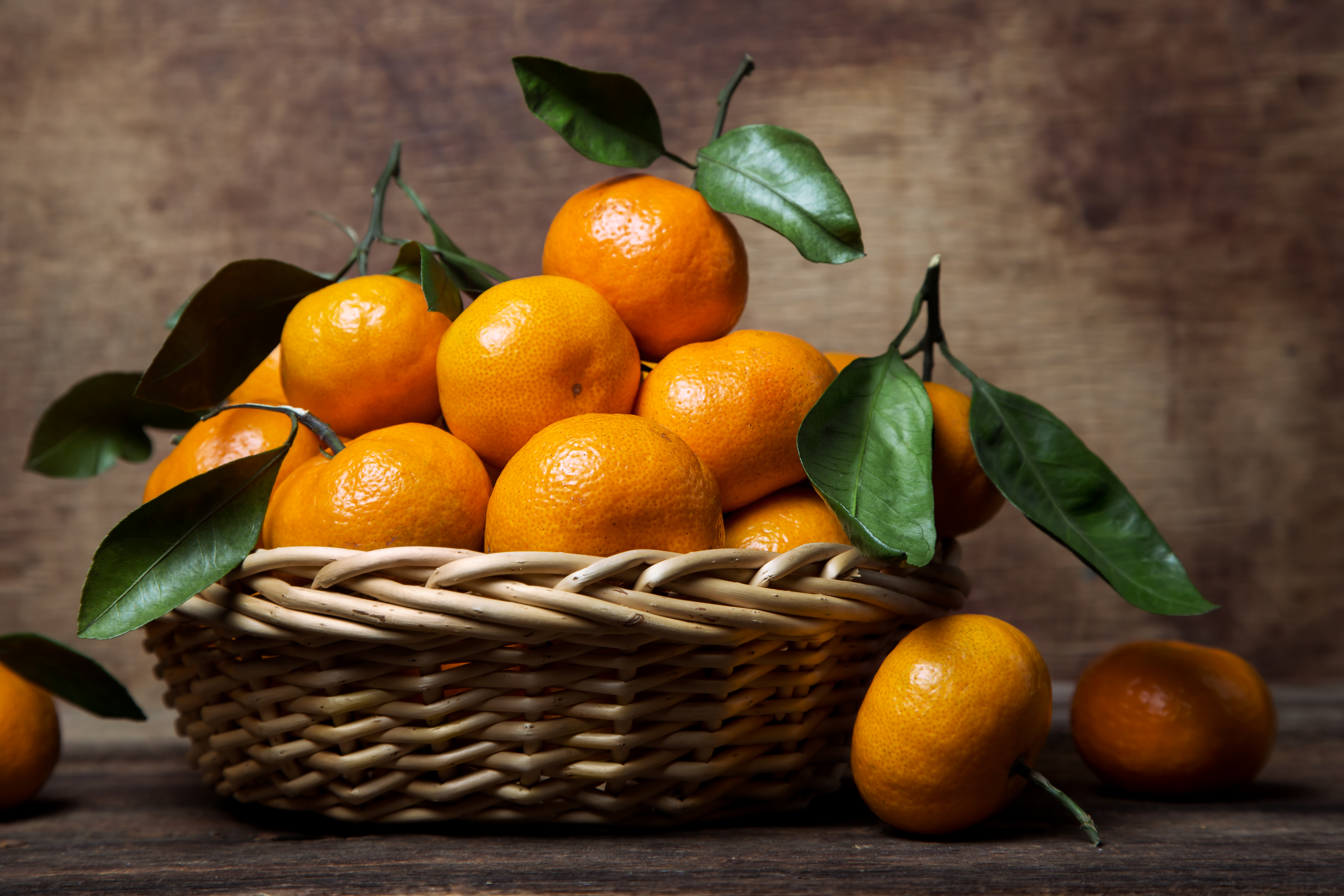
Citrus fruits, renowned for their refreshing taste and health benefits, are a staple in many households. However, their high acidity levels can exacerbate acid reflux symptoms. Oranges, lemons, and grapefruits are particularly notorious for triggering heartburn. The acidic content can irritate the esophageal lining, leading to discomfort. While these fruits are rich in vitamin C and antioxidants, moderation is key for those prone to acid reflux. Exploring alternative sources of vitamin C, such as strawberries and bell peppers, can help maintain nutritional balance without triggering symptoms.
2. Tomatoes: The Juicy Offender
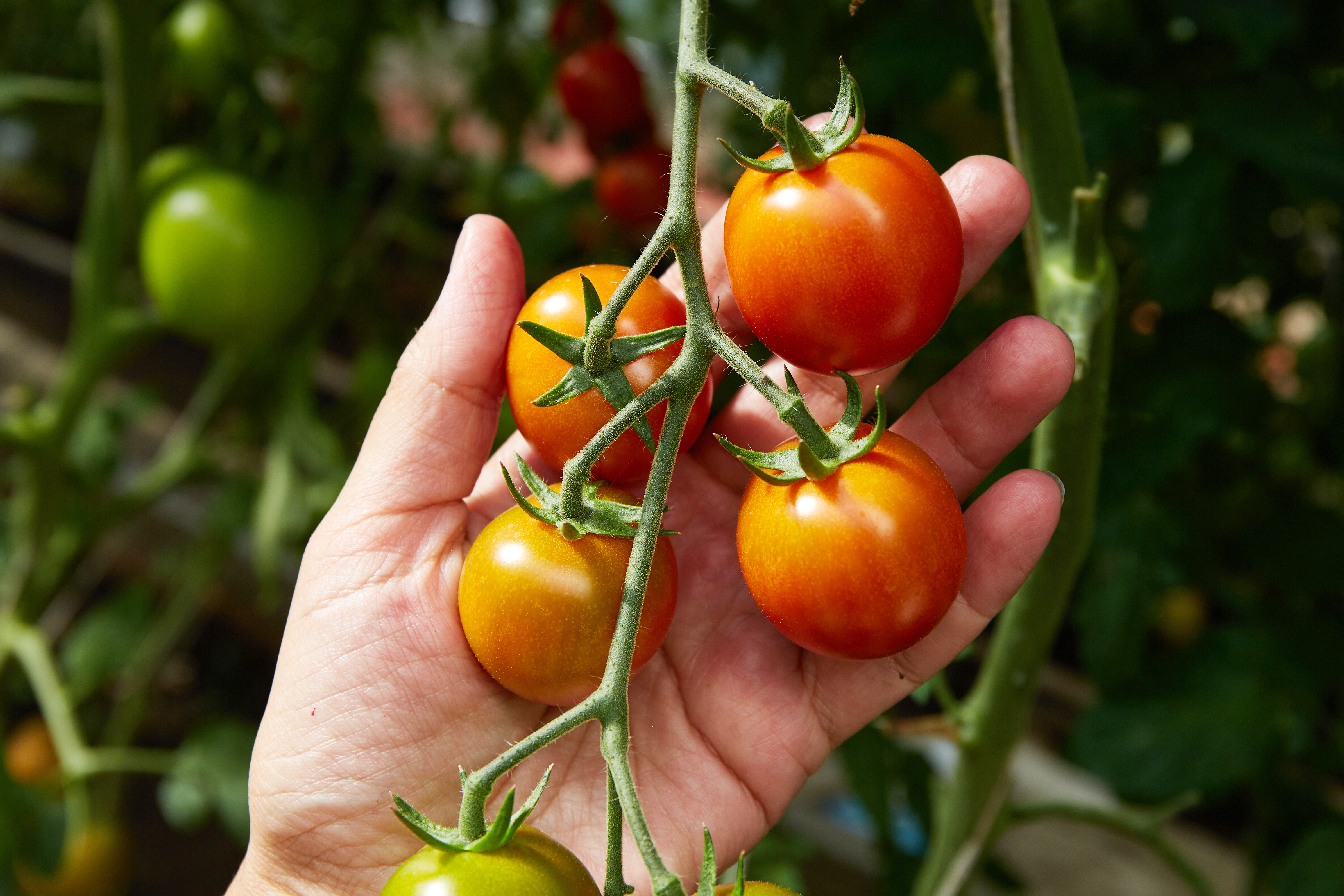
Tomatoes, a versatile ingredient found in sauces, salads, and sandwiches, are another unexpected contributor to acid reflux. Their natural acidity, coupled with their ability to relax the lower esophageal sphincter, can lead to increased stomach acid entering the esophagus. This can result in the familiar burning sensation associated with heartburn. For individuals who enjoy tomatoes, opting for less acidic varieties, such as yellow or heirloom tomatoes, and consuming them in moderation can help reduce the risk of reflux while still enjoying their flavor.
3. Garlic and Onions: The Flavorful Agitators
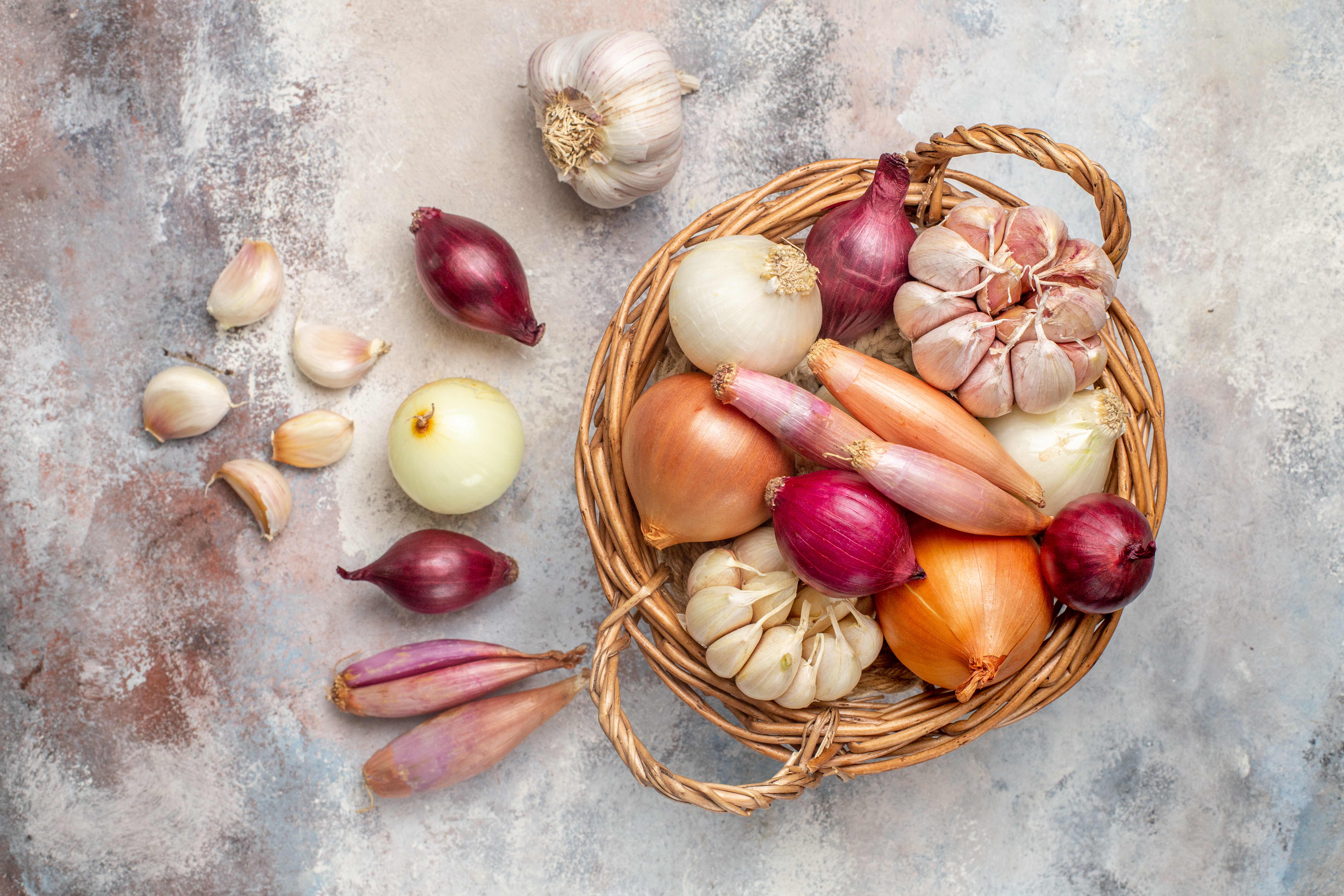
Garlic and onions, beloved for their ability to enhance the taste of countless dishes, are also known to provoke acid reflux in some individuals. These pungent ingredients can relax the lower esophageal sphincter, allowing stomach acid to flow back into the esophagus. Additionally, they can increase gastric acid production, further exacerbating symptoms. For those who find these ingredients problematic, using milder alternatives like shallots or green onions, and cooking them thoroughly, can help minimize their impact while still adding depth to meals.
4. Chocolate: The Sweet Deceiver

Chocolate, a beloved treat for many, can be a surprising trigger for acid reflux. Its high fat content, caffeine, and theobromine can relax the lower esophageal sphincter, allowing acid to escape the stomach. Dark chocolate, in particular, is more likely to cause symptoms due to its higher concentration of these compounds. For chocolate lovers, opting for lower-fat options or consuming it in small quantities may help manage reflux symptoms. Exploring alternatives like carob can also satisfy sweet cravings without the associated discomfort.
5. Peppermint: The Soothing Misconception

Peppermint, often used to soothe digestive issues, can paradoxically trigger acid reflux in some individuals. While it may relax the gastrointestinal tract, it can also relax the lower esophageal sphincter, leading to acid reflux. This is particularly true when peppermint is consumed in large quantities or in concentrated forms, such as peppermint oil. For those who enjoy minty flavors, choosing milder herbs like basil or parsley can provide a similar taste without the risk of triggering reflux symptoms.
6. Spicy Foods: The Fiery Instigators
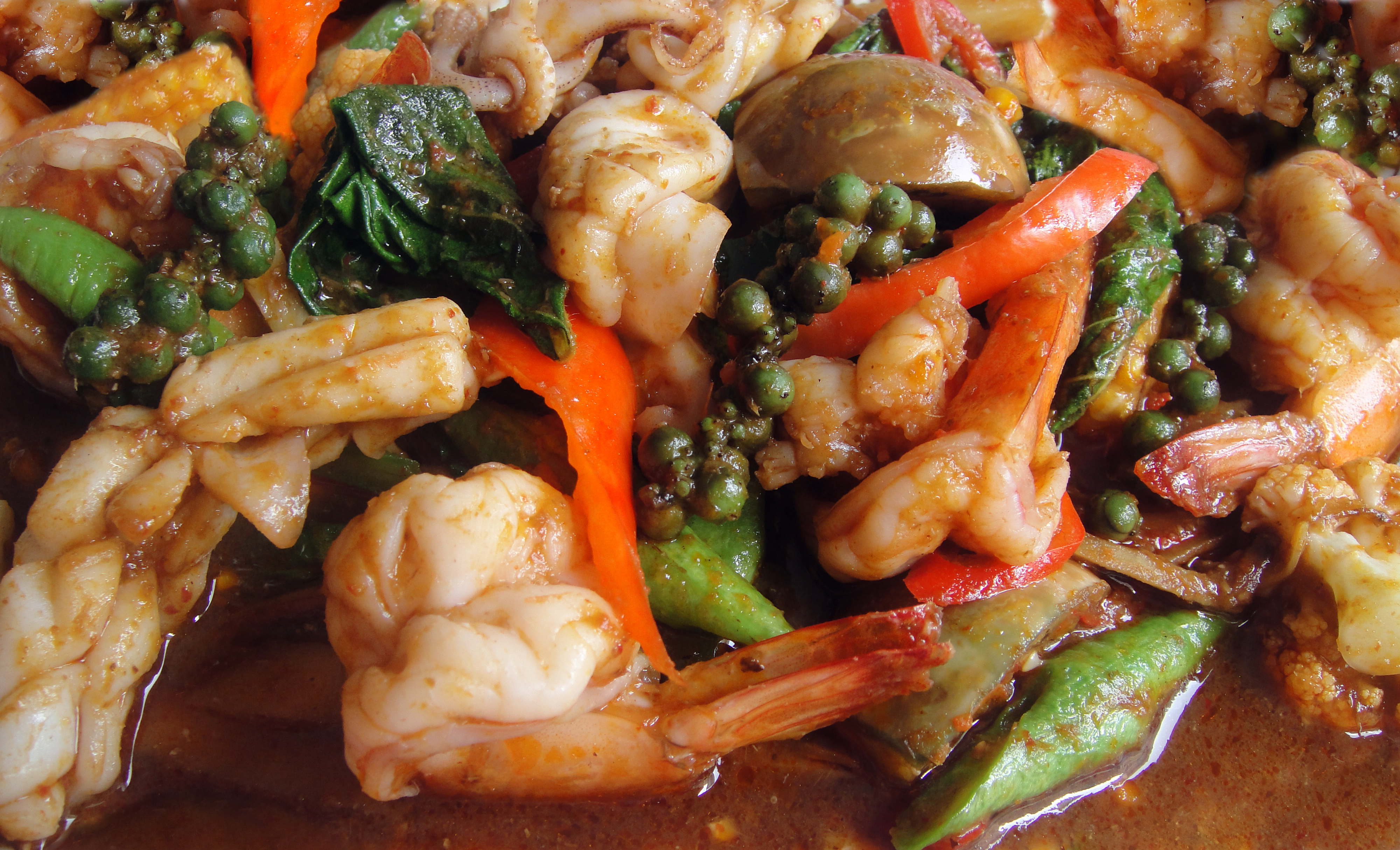
Spicy foods, while adding excitement to meals, are well-known triggers for acid reflux. Ingredients like chili peppers, hot sauce, and curry can irritate the esophageal lining and increase stomach acid production. The capsaicin in spicy foods can slow digestion, prolonging the presence of food in the stomach and increasing the likelihood of reflux. For those who relish spicy dishes, moderating spice levels and incorporating cooling ingredients like yogurt or cucumber can help balance flavors and reduce discomfort.
7. Carbonated Beverages: The Fizzy Culprits
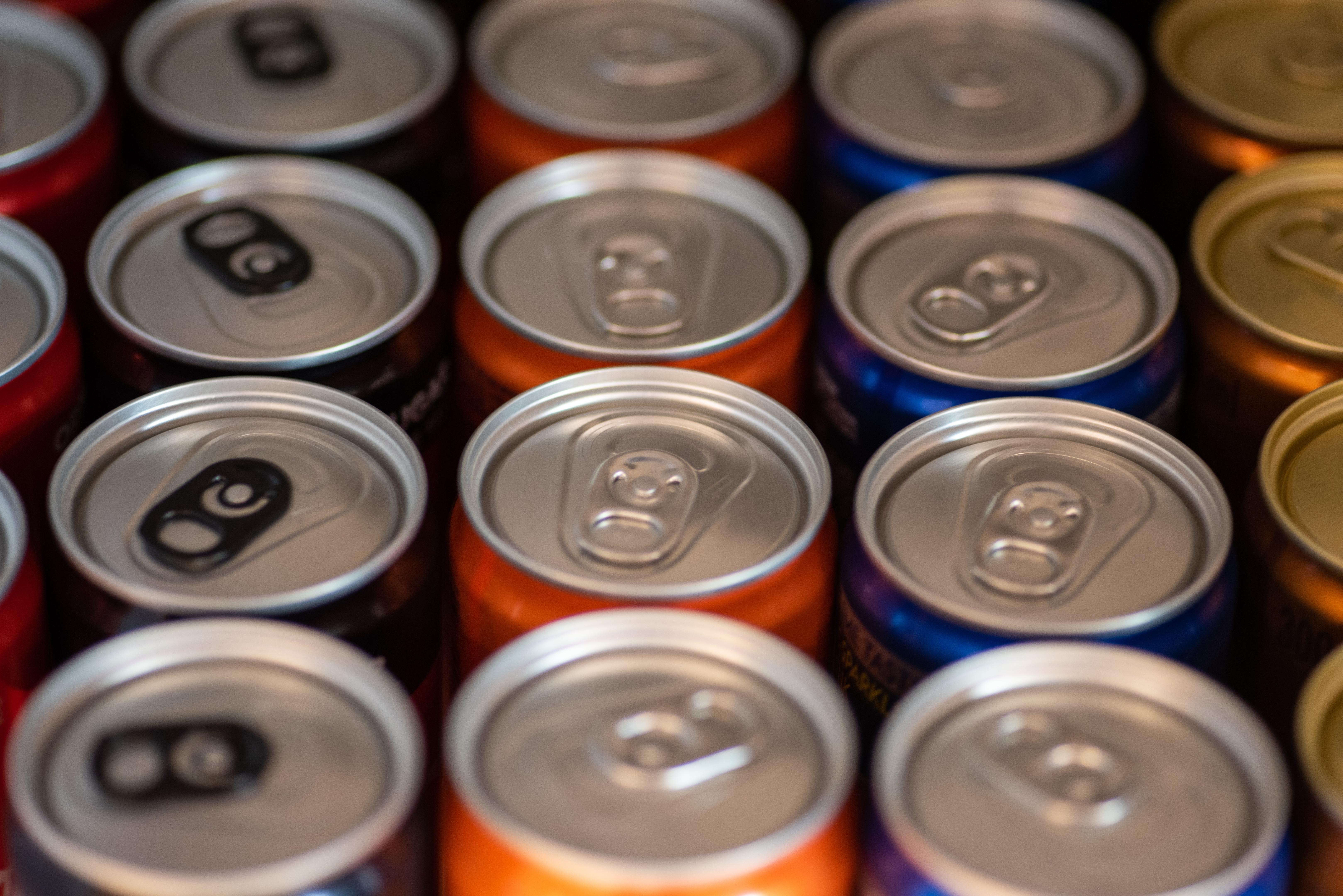
Carbonated beverages, including sodas and sparkling water, can contribute to acid reflux symptoms. The bubbles in these drinks can expand in the stomach, increasing pressure and promoting acid reflux. Additionally, many carbonated beverages are acidic, compounding the problem. For those who enjoy fizzy drinks, opting for non-carbonated alternatives or consuming them in moderation can help reduce the risk of reflux. Infusing water with fruits or herbs can provide a refreshing and reflux-friendly alternative.
8. Alcohol: The Social Saboteur

Alcohol consumption, particularly in excess, is a common trigger for acid reflux. Alcohol can relax the lower esophageal sphincter and increase stomach acid production, leading to symptoms. Additionally, certain alcoholic beverages, such as red wine and beer, are more likely to cause reflux due to their acidity and fermentation. For those who enjoy alcoholic beverages, moderating intake and choosing lower-acid options, such as white wine or spirits mixed with non-acidic mixers, can help manage symptoms.
9. High-Fat Foods: The Greasy Offenders
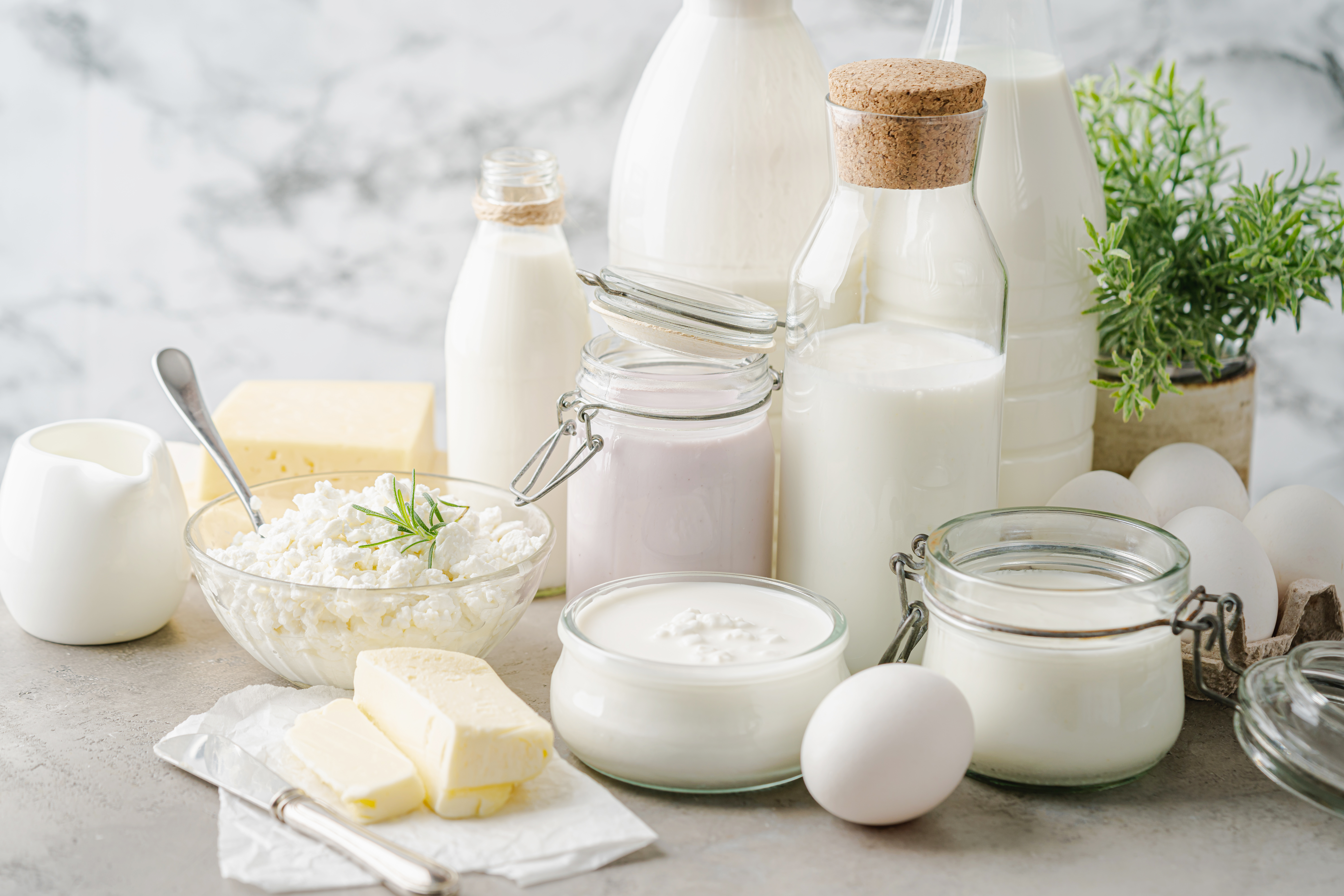
High-fat foods, including fried foods, fatty cuts of meat, and full-fat dairy products, can contribute to acid reflux by slowing digestion and increasing stomach pressure. This can lead to the relaxation of the lower esophageal sphincter and the backflow of acid into the esophagus. For individuals prone to reflux, opting for leaner protein sources, such as chicken or fish, and choosing low-fat dairy products can help reduce the risk of symptoms while maintaining a balanced diet.
10. Caffeinated Beverages: The Energizing Triggers

Caffeinated beverages, such as coffee, tea, and energy drinks, are common triggers for acid reflux. Caffeine can relax the lower esophageal sphincter and stimulate stomach acid production, leading to symptoms. For those who rely on caffeine for a morning boost, switching to decaffeinated options or herbal teas can help reduce the risk of reflux. Additionally, consuming caffeine in moderation and avoiding it on an empty stomach can help manage symptoms.
11. Vinegar-Based Dressings: The Tart Troublemakers
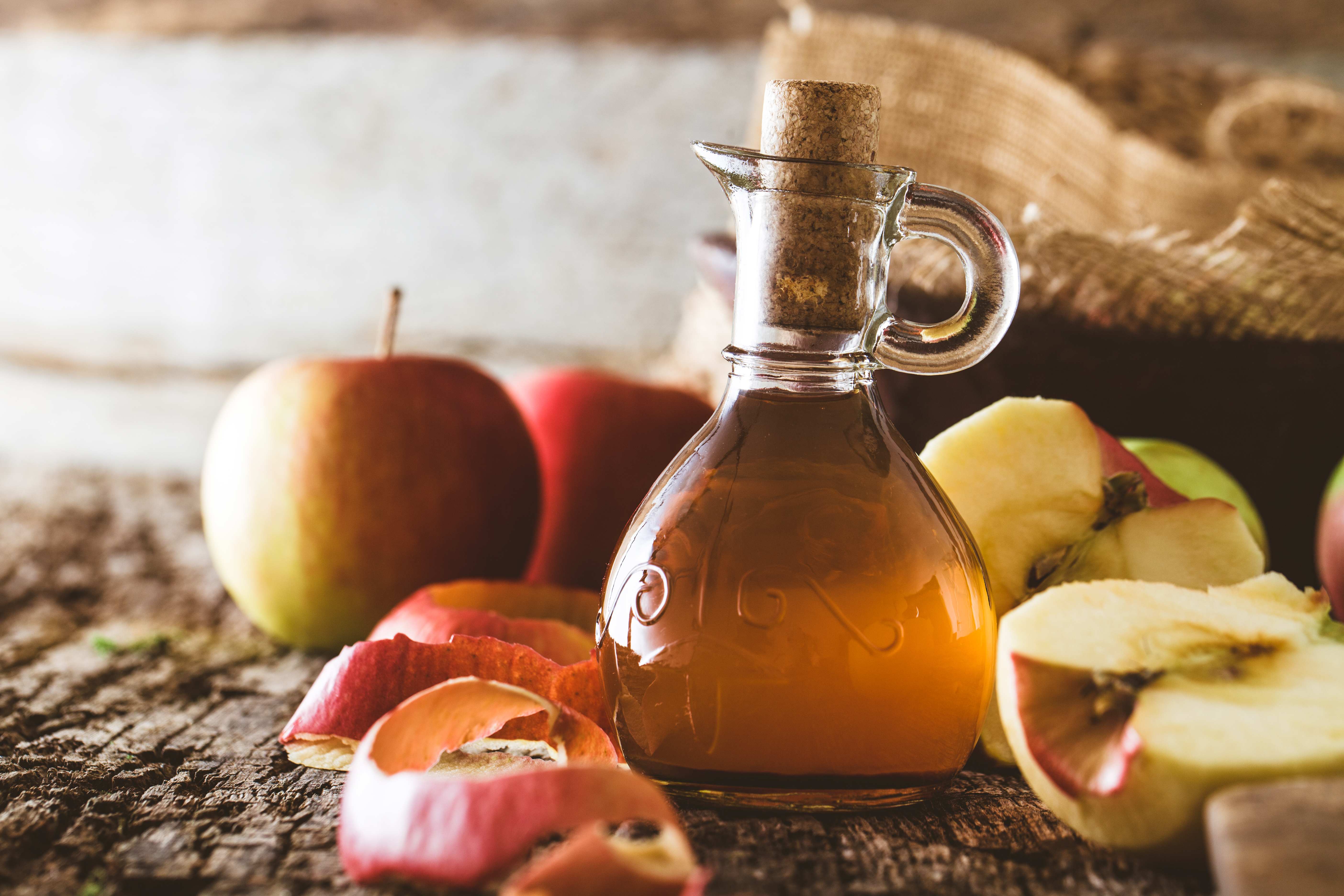
Vinegar-based dressings, while adding tanginess to salads and dishes, can exacerbate acid reflux symptoms due to their acidity. Ingredients like balsamic vinegar and apple cider vinegar can irritate the esophageal lining and increase stomach acid production. For those who enjoy vinaigrettes, opting for oil-based dressings or using vinegar sparingly can help reduce the risk of reflux. Experimenting with alternative dressings, such as yogurt or avocado-based options, can provide flavor without the associated discomfort.
12. Dairy Products: The Creamy Conundrum
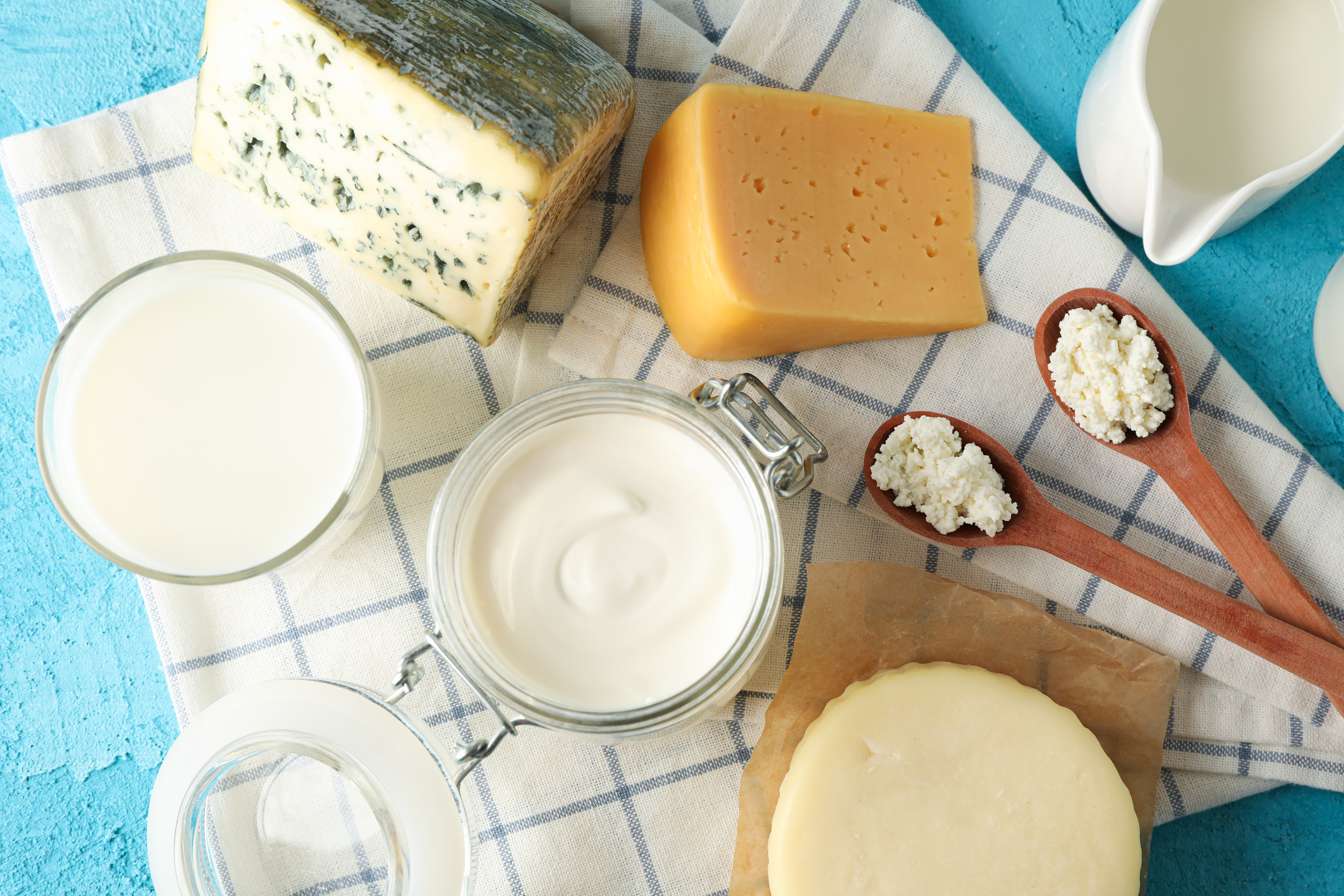
Dairy products, particularly full-fat varieties, can be a surprising trigger for acid reflux. The high fat content in products like cheese, cream, and whole milk can relax the lower esophageal sphincter and increase stomach pressure. For individuals who experience reflux after consuming dairy, choosing low-fat or non-dairy alternatives, such as almond milk or soy-based products, can help manage symptoms while still enjoying creamy textures.
Understanding the hidden triggers of acid reflux in everyday kitchen ingredients is crucial for managing symptoms and improving quality of life. By identifying and moderating the consumption of these surprising culprits, individuals can take proactive steps to reduce discomfort and maintain digestive health. Exploring alternative ingredients and cooking methods can offer flavorful solutions without sacrificing enjoyment. As awareness of these hidden triggers grows, those affected by acid reflux can make informed choices, fostering a more harmonious relationship with food and enhancing their overall well-being.
